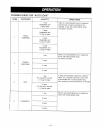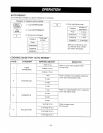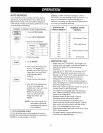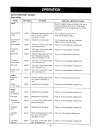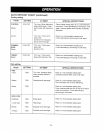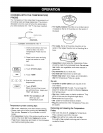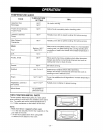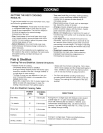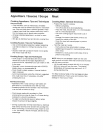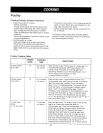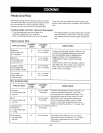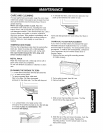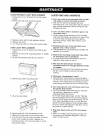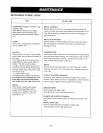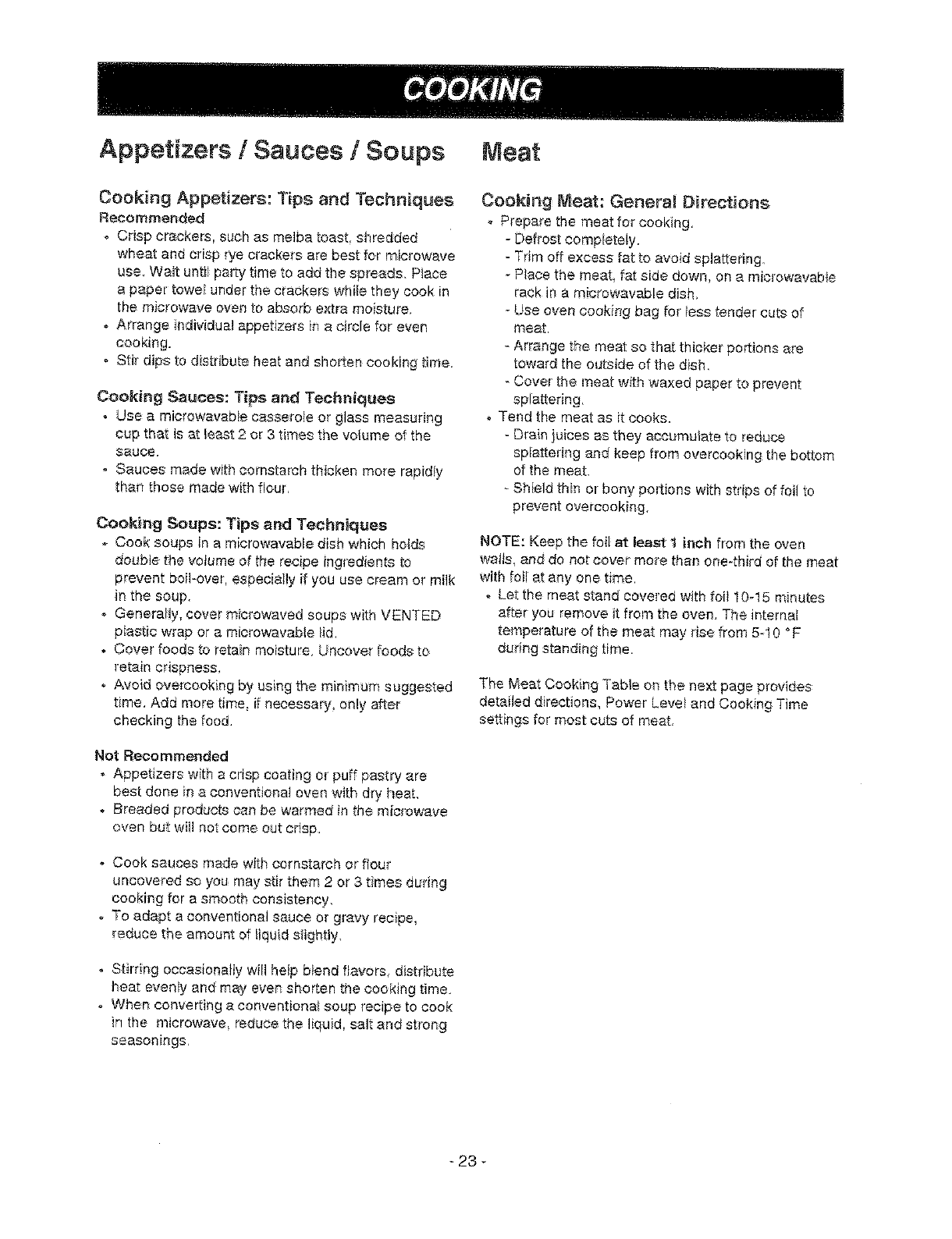
Appetizers / Sauces / Soups
Cooking Appetizers: Tips and Techniques
Recommended
. Crisp crackers, such as melba toast, shredded
wheat and crisp rye crackers are best for microwave
use_ Wait until party time to add the spreads. Place
a paper tower under the crackers while they cook in
the microwave oven to absorb extra moisture.
o Arrange individual appetizers in a circle for even
cooking.
Stir dips to distribute heat and shorten cooking time.
Cooking Sauces: Tips and Techniques
o Use a microwavable casserole or glass measuring
cup that is at least 2 or 3 times the volume of the
Sauce.
o Sauces made with cornstarch thicken more rapidly
than those made with flour,
Cooking Soups: Tips and Techniques
Cook soups in a microwavable dish which holds
doubte the volume of the recipe ingredients to
prevent boil-over, especially if you use cream or milk
in the soup.
Generally, cover microwaved soups with VENTED
p_asticwrap or a microwavabie lid.
. Cover foods to retain moisture. Uncover foods to
retain crispness,
o Avoid overcooking by using the minimum suggested
time. Add more time_ifnecessary, only after
checking the food,
Not Recommended
• Appetizers with a crisp coating or puff pastry are
best done in a conventional oven with dry heat.
. Breaded products can be warmed in the mic_"owave
oven but will not come out crisp.
. Cook sauces made with cornstarch or flout"
uncovered so yo_ may stir them 2 or 3 times during
cooking for asmooth consistency.
o To adapt a conventional sauce or gravy recipe,
reduce the amount of liquid s_ightly.
. Stirring occasionally wilt hetp blend flavors, distribute
heat evenly and may even shorten the cooking time.
. When converting a conventiona_ soup recipe to cook
in the microwave, reduce the liquid, salt and strong
seasonings,
Meat
Cooking r_leat: General Directions
Prepare the meat for cooking,
- Defrost completely=
- Trim off excess fat to avoid splattering_
- Place the meat, fat side down, on a micl'owavab_e
rack in a microwavabte dish,
- Use oven cooking bag for less tender cuts of
meat,
- Arrange the meat so that thicker portions are
toward the outside of the dish,
- Cover the rneat with waxed paper to prevent
spla[tering.
o Tend the meat as it oooks.
- Drain iuices _s they accumulate to reduce
splattering and keep from overcooking the botIom
of the meat.
Shield thin or bony portions with strips of foil to
prevent overcooking.
NOTE: Keep the foi_ at least 1 inch from the oven
wails, and do not cover more than one-third of the meat
with foil at any one time,
• Let the meat stand covered with foit 10-15 minutes
after you remove it from the even. The internal
temperature of the meat may rise from 5-10 °F
during standing time,
The Meat Cooking Table on the next page provides
detailed directions, Power Level and Cooking Time
settings for most cuts of meat.
23_



